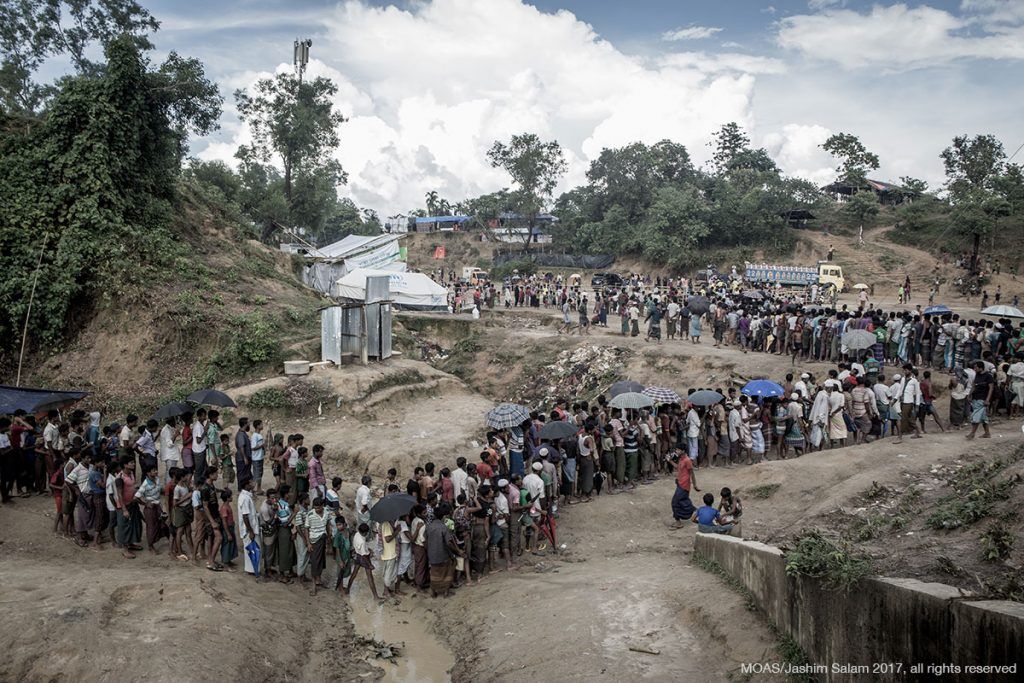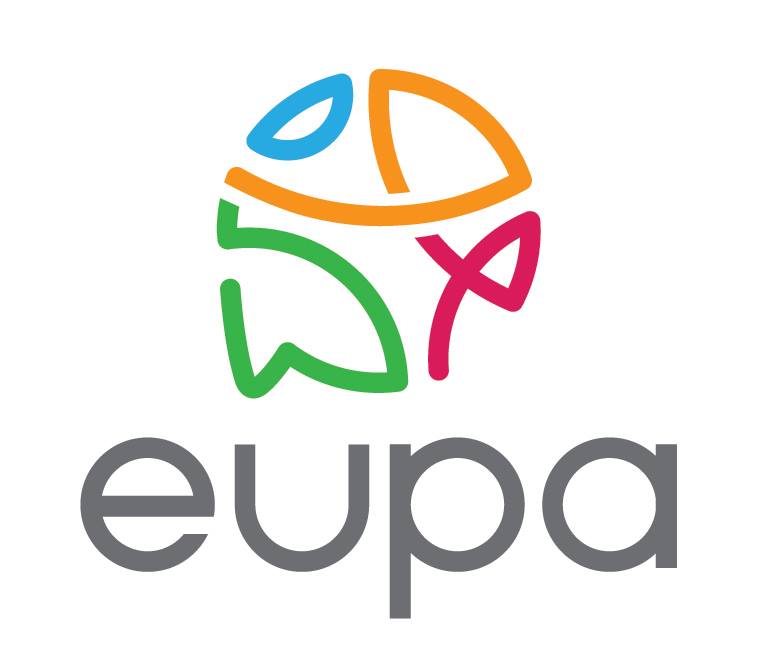In the third blog of this series we take a look at different interventions employed in protracted crises.
Where a population is suffering serious harm and the state is unwilling or unable to halt or avert it, the international community has a responsibility to protect. Though sometimes contested, this imperative overrides the principle of non-intervention (or non-interference in domestic affairs). Therefore, we have a duty to intervene in a protracted crisis. Yet responding to a protracted crisis is complex, costly and persistently problematic. So, how do we intervene? And what is the best method of intervention? We begin by considering humanitarian assistance and development cooperation, firstly as two distinct interventional approaches:
The Humanitarian Perspective
The international humanitarian response evolved during the first- and second- world wars to address the need to assist victims of conflict. The principle is based on the delivery of immediate, life-saving assistance to individuals and communities based on need, independent of governments. Theoretically these early and limited interventions are designed to jump-start recovery and provide temporary cover for basic services. Humanitarian assistance is inevitably stop-gap by design, and therefore limited in its ability to meet the range of needs protracted crises involve. While there is a clear need for rapid humanitarian response to crises, reliance on solely humanitarian means in a protracted situation can impede or delay the achievement of sustainable solutions. This can lead to a cycle of dependence on humanitarian assistance.
The Development Perspective
The development perspective, in contrast, seeks longer-term solutions to transform societies and reduce poverty. This approach commits to confronting underlying vulnerabilities or causes of crises. Development aid is delivered primarily through cooperation with governments and often supports existing structures and state institutions. Development organisations may not have the capacity to include humanitarian factors and rapid response plans in their work. Additionally, development agencies struggle in the absence of government support and where there are major barriers to scaling up development funding and activities.
In protracted crises, extreme, widespread and unpredictable needs exist alongside long-term structural vulnerabilities. Humanitarian assistance, moving in quickly following the start of the crisis, often expands into recovery and basic service provision over time. This is usually achieved through short-term or incremental measures that fail to address wider structural failures. Such humanitarian activities can include long-term health, nutrition and education, food assistance, livelihoods support and social safety nets. In such cases there exists a clear overlap of humanitarian and development aspirations. There is a need, therefore, to link both approaches and create a space where humanitarian and development actors can build and improve their working relationship in order to better address the range of problems protracted crises involve.
Challenges to linking humanitarian and development aid
Some perhaps envision development projects ‘taking over’ when a humanitarian operation is about to be completed. However, this transition involves the reconciliation of fundamental differences in priorities, cultures and mandates: from a focus on life-saving needs led by international actors to recovery, development and long-term planning with governments in the lead. Strategy gaps in the delivery of aid can manifest in disunity among bilateral and multilateral actors, and a slowness to respond to changes in events and conditions. In conflict-affected areas, this lack of clarity has been shown to negatively affect how humanitarian, development and security actors work alongside each other. In a protracted crisis, the large number of actors and mandates involved magnifies this challenge.
As well as technical challenges, there can also be issues in the aligning of agendas. For example, humanitarian actors who operate outside political arenas may be hesitant to engage with state or development actors, whose role is to support and build state institutions. When it comes to mass displacement, humanitarian means are often perceived as the only method of addressing the crisis, a notion that the UNDP and UNHCR argues is ‘ill-conceived’.
So what solutions are being offered?
Robust solutions depend on a combination of proactive UNHCR and UNDP roles, both in the humanitarian framework and in the evolution towards development. Together they must ensure that the medium and longer-term solutions become an integral part of the UN development framework (UNDAF). Current approaches include the transitional solutions initiative (TSI), which focuses on intervention in refugee communities in terms of development assistance rather than solely emergency aid. The TSI approach, together with others such as the Solutions Alliance, puts displaced people on the development agenda through strategies that find sustainable solutions for displaced persons and local communities. This way local processes and local ownership are supported through the building of relationships between bilateral and multilateral actors.
In summary, all humanitarian and development actors are expected to seek ways to collaborate on the design and implementation of solutions strategies. Only through collaboration can the root causes of protracted crises be addressed and effective solutions found.
If you are interested in the work of MOAS and our partners, please follow us on social media, sign up to our newsletter and share our content. You can also reach out to us any time via [email protected]. If you want to support our operations, please give what you can at www.moas.eu/donate.


